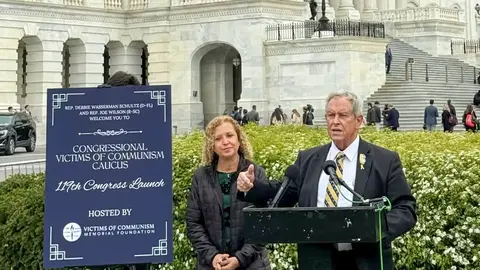The challenge of jihadist propaganda on social media

As someone who observes the evolution of these dynamics with concern, I find it alarming how these platforms, designed to connect people, have become tools for radicalisation.
Without resorting to alarmism, I believe it is crucial to reflect on this phenomenon, especially after recent events in our country, and to understand why cyberspace has become an ideological battlefield.
Telegram, with its promise of anonymity and encryption, has become the favourite refuge of those who promote extremism. This is no coincidence. The platform allows the creation of channels where thousands of users receive propaganda with hardly any filters, from videos glorifying violence to messages inciting hatred against the West.
I am struck by how quickly these groups adapt: when the authorities shut down one channel, another appears almost immediately, as if they were playing cat and mouse. I remember reading that in 2023, the Spanish authorities issued more than 130 orders to remove terrorist content from Telegram, most of it related to jihadism.
This leads me to believe that, although the security forces are taking firm steps, the decentralised nature of these platforms gives extremists an advantage. What worries me most is how these messages reach vulnerable audiences, especially young people.
In Spain, we have seen recent shocking cases: minors in Elche planning an attack on a basilica, influenced by radical content on social media; or jihadist ‘influencers’ arrested in Toledo and Madrid, who disguised their propaganda in physical training videos.
This makes me wonder: how is it possible that a teenager, from his bedroom, ends up embracing such destructive ideas? I believe the answer lies in the sophistication of the propaganda. On TikTok, for example, jihadists have learned to package their messages in attractive formats, like video games, to capture the attention of a generation that grew up with screens.
It is a reminder that technology, while neutral in essence, amplifies both the best and worst of humanity. Recent events in Spain reinforce this concern. The 2025 arrests, Europol's warning about the increased jihadist risk, and rumours on social media about alleged Islamic State infiltrations at our borders fill me with a mixture of unease and scepticism.
Not everything that circulates on platforms such as X is reliable; fear often spreads faster than the truth. However, I cannot help but think that the threat is real, albeit vague. Radicalisation does not always translate into immediate attacks, but every message that incites hatred sows a seed that can germinate when least expected.
As a citizen, I am frustrated by the apparent powerlessness in the face of this problem. The authorities, led by the Civil Guard and the National Police, are making a titanic effort, collaborating with Europol and international agencies. But the anonymity of Telegram and the speed with which extremists migrate to new platforms make their work difficult.
I wonder if we should not focus more on prevention: educating young people about critical thinking, teaching them to question what they see on their screens, and not just relying on police surveillance. Because, in the end, radicalisation is not just a security problem, but also a problem of ideas.
In my opinion, Spain is at a crossroads. On the one hand, we must continue to strengthen international cooperation to dismantle these virtual networks; on the other, we need a cultural strategy to counter the appeal of jihadist propaganda.
It is not an easy task, but ignoring it would be a mistake. Every extremist message that circulates unchecked is a small crack in our coexistence. And, as someone who values the freedom and diversity of this country, I feel that we cannot allow those cracks to become chasms.



